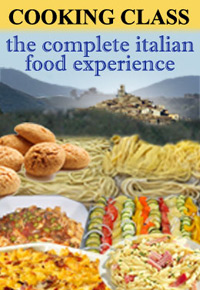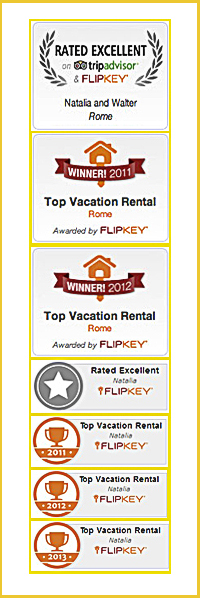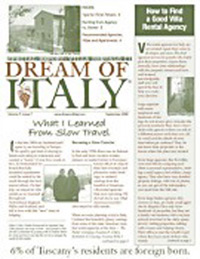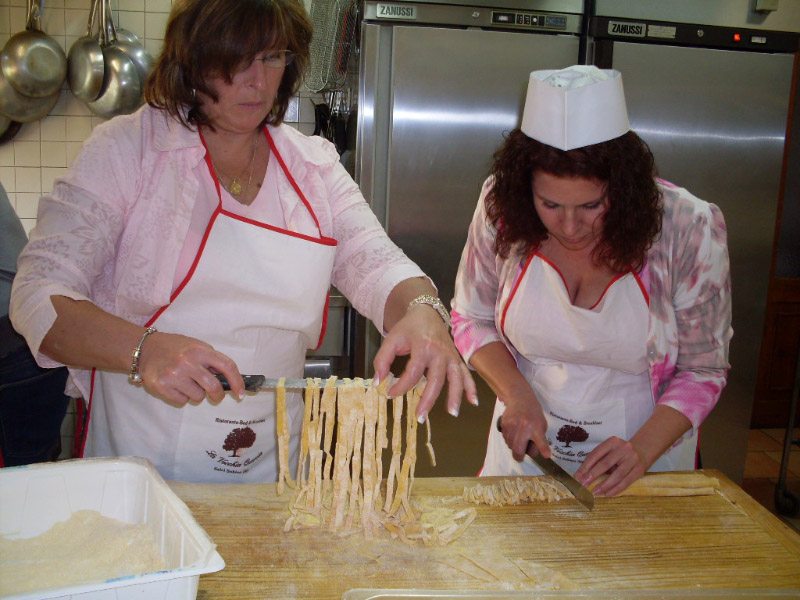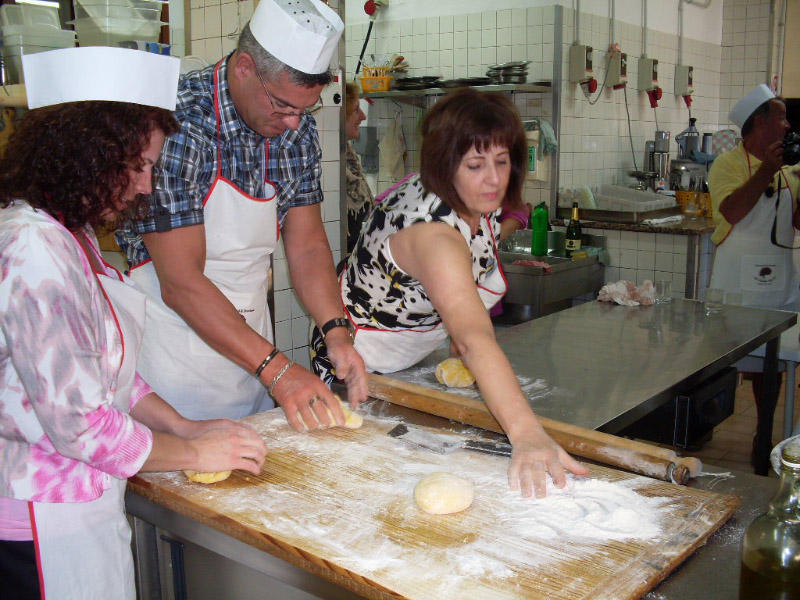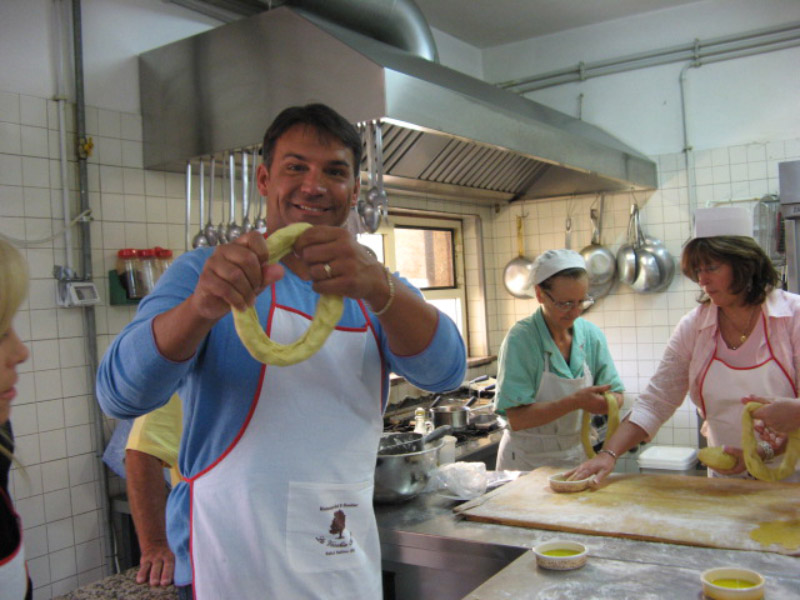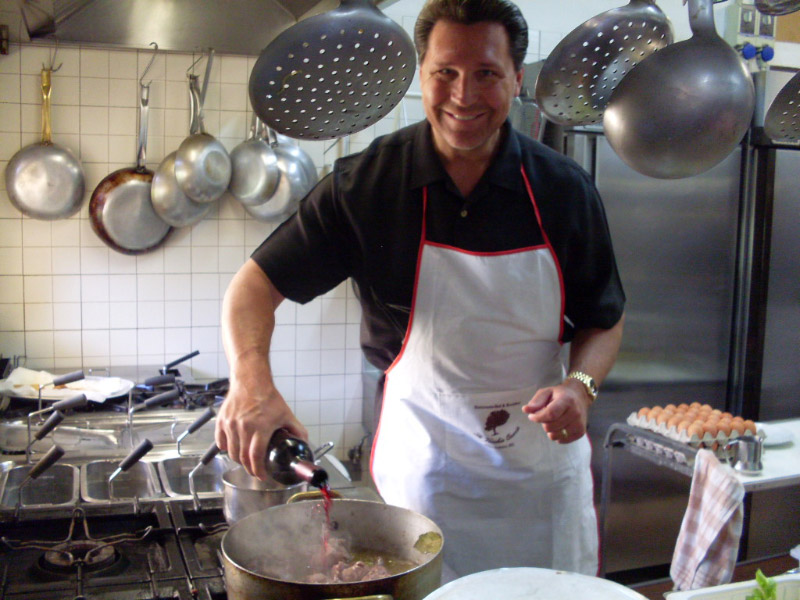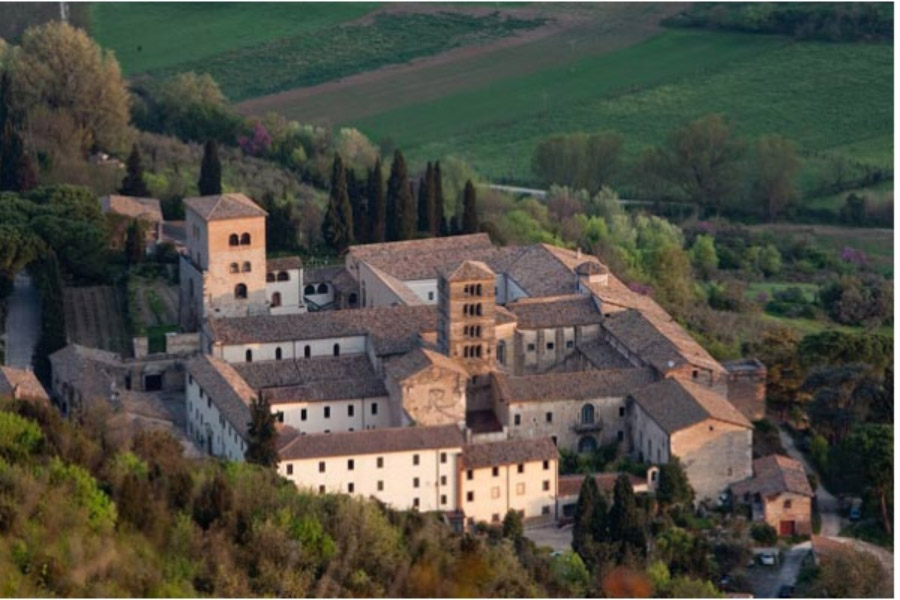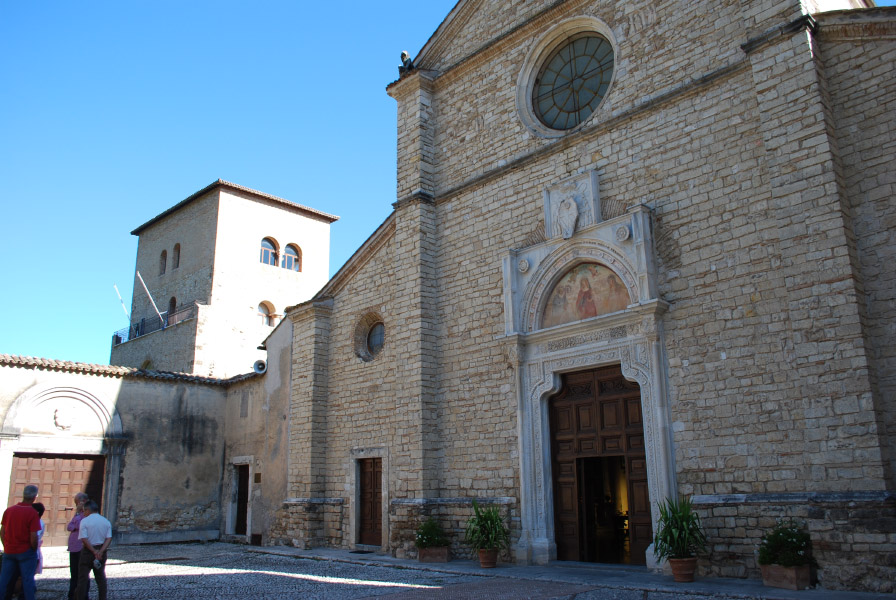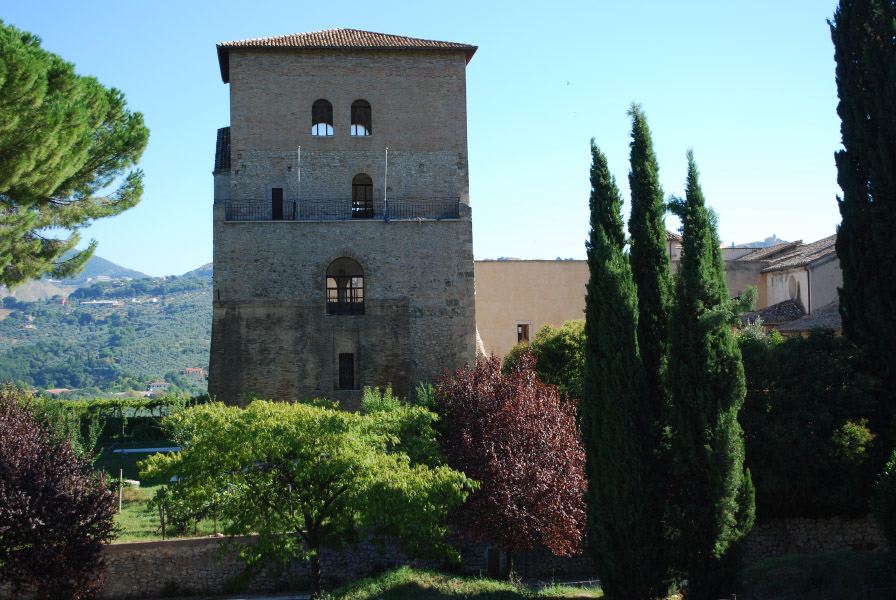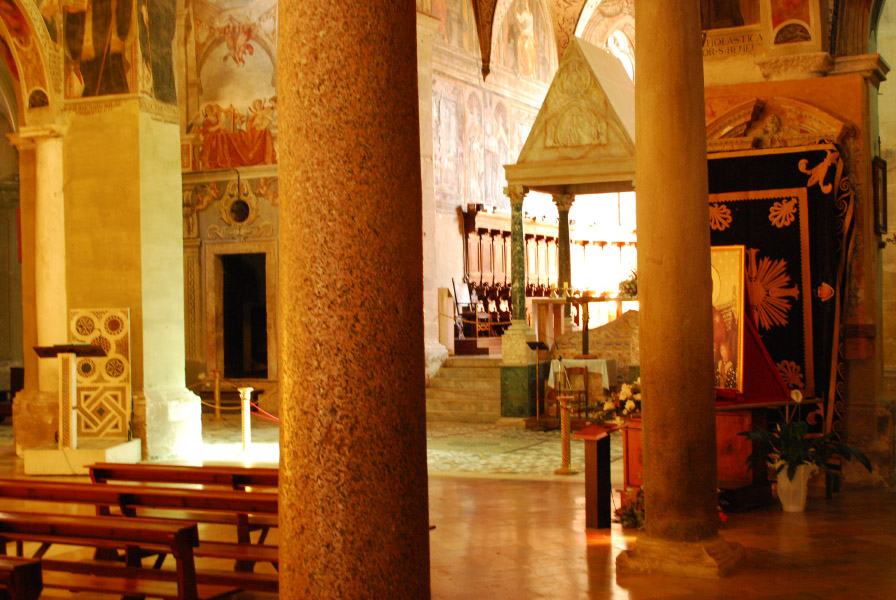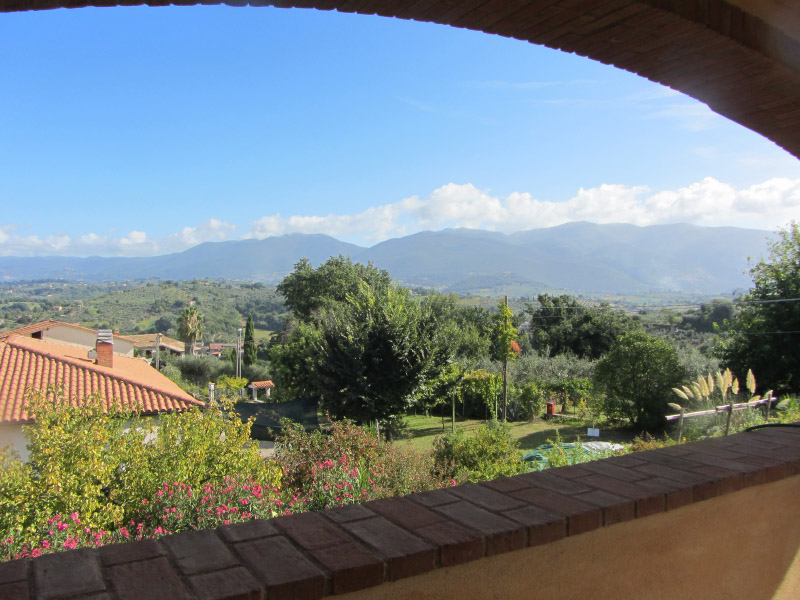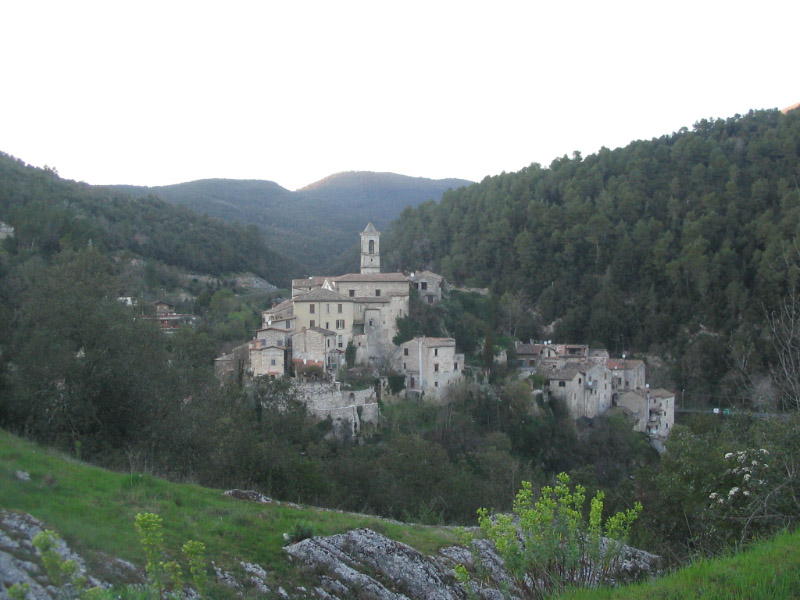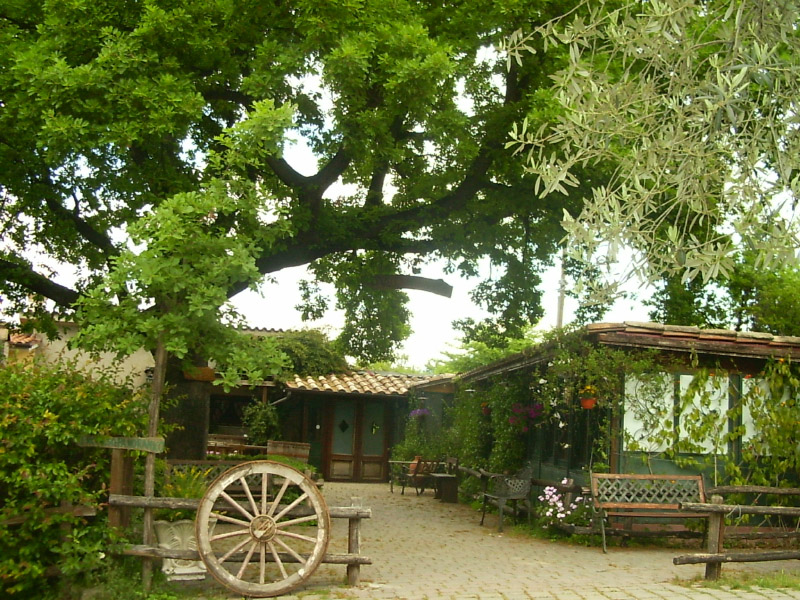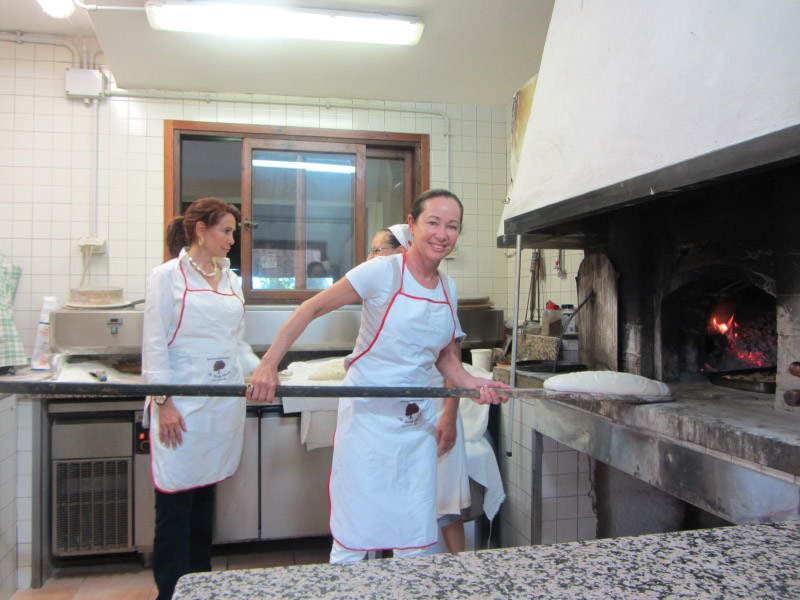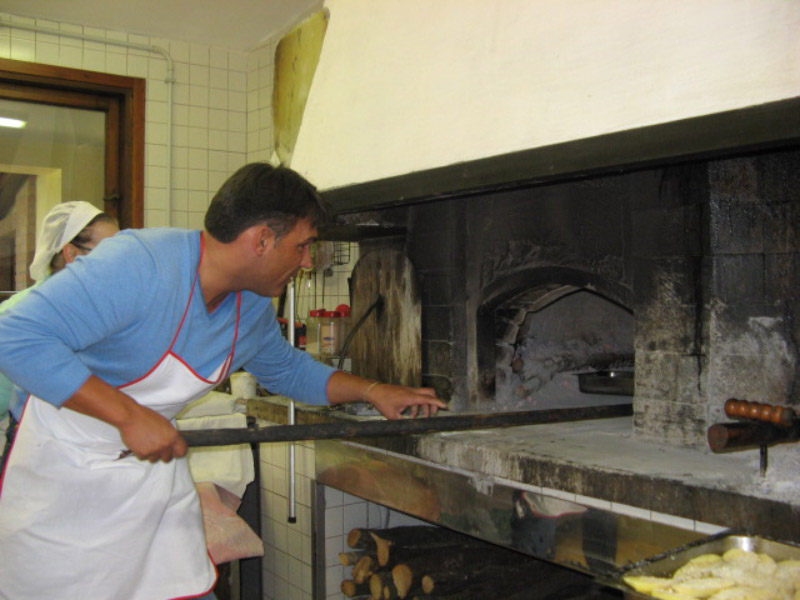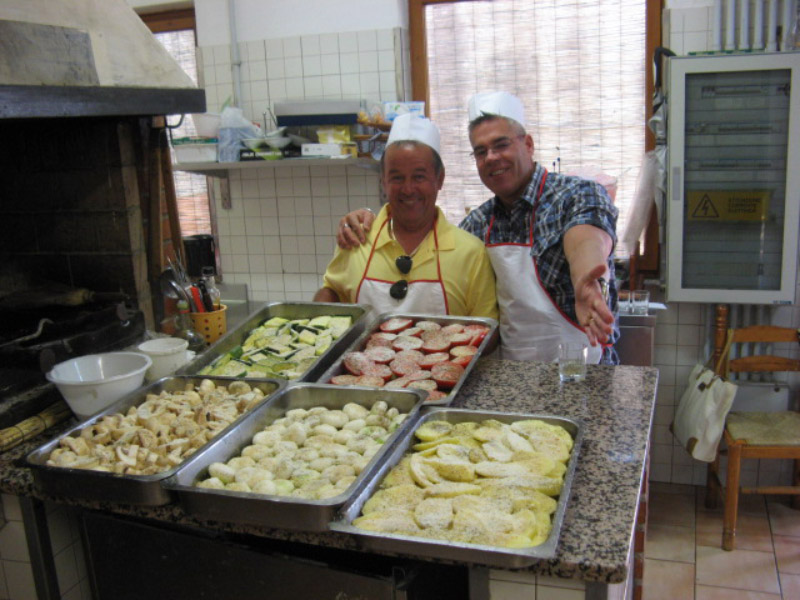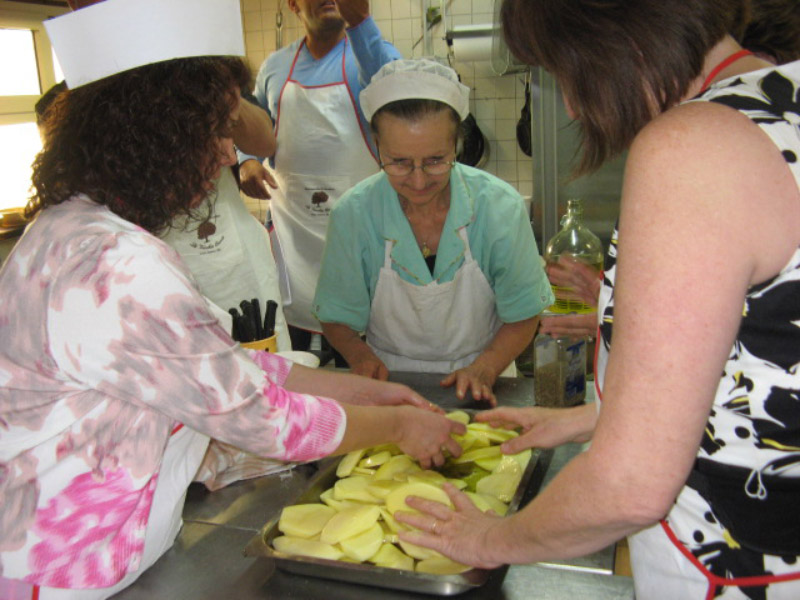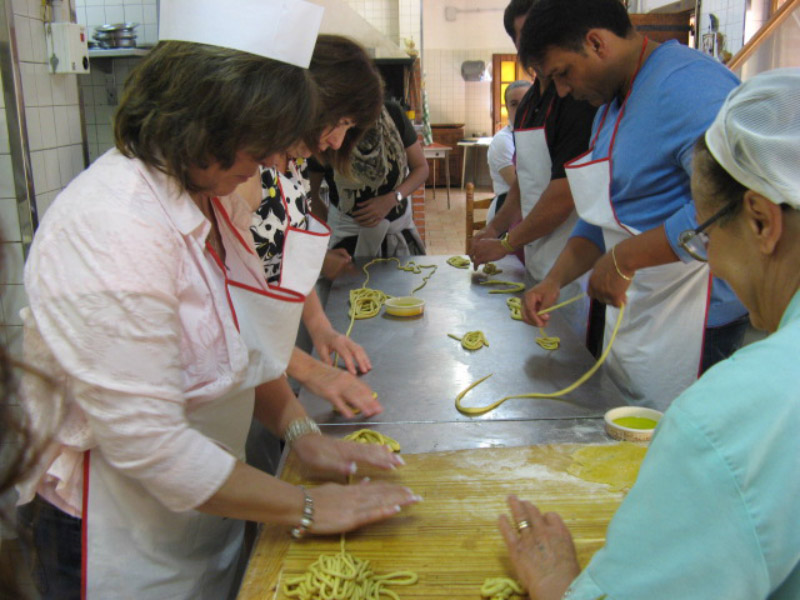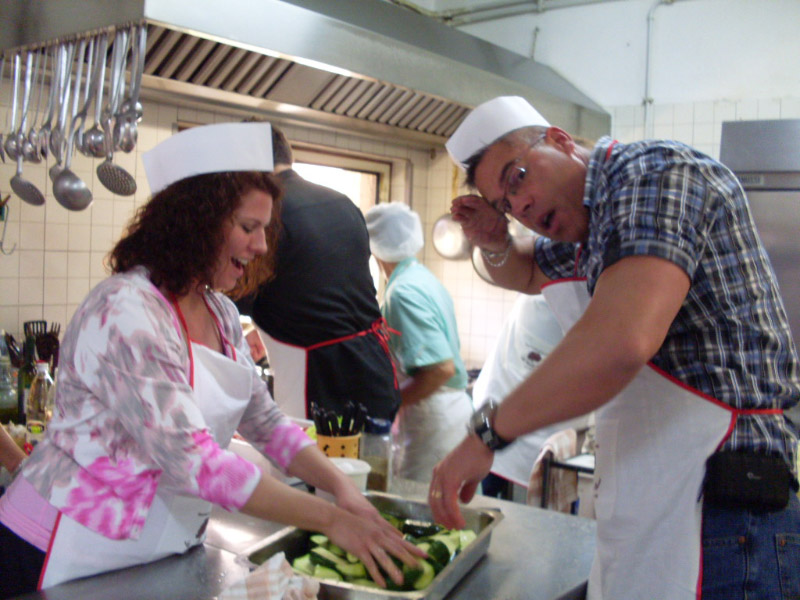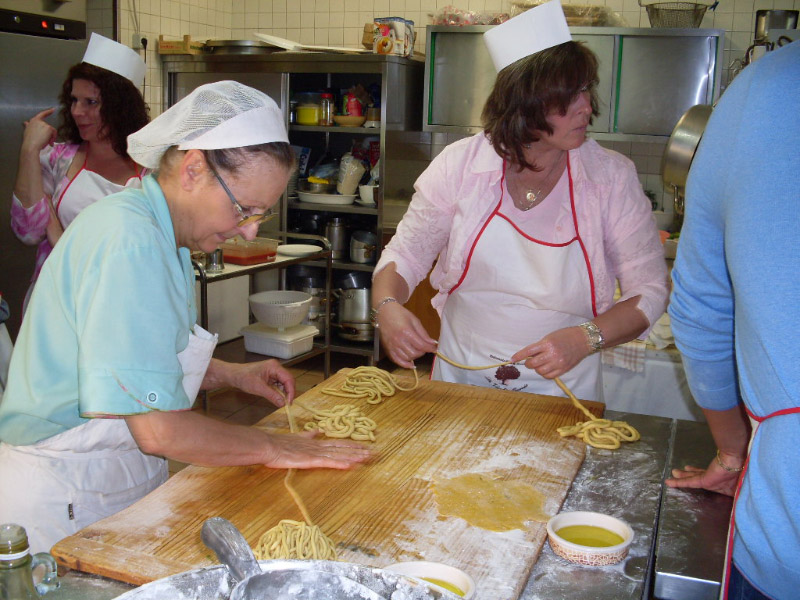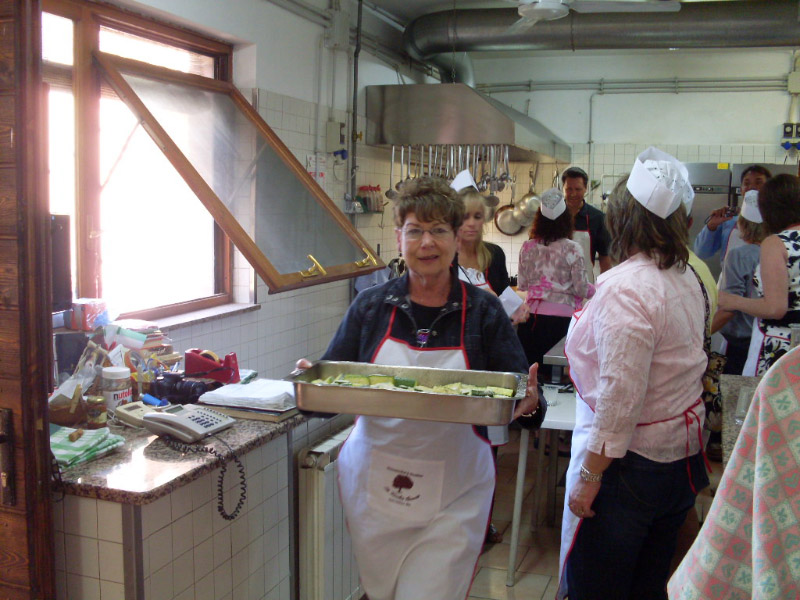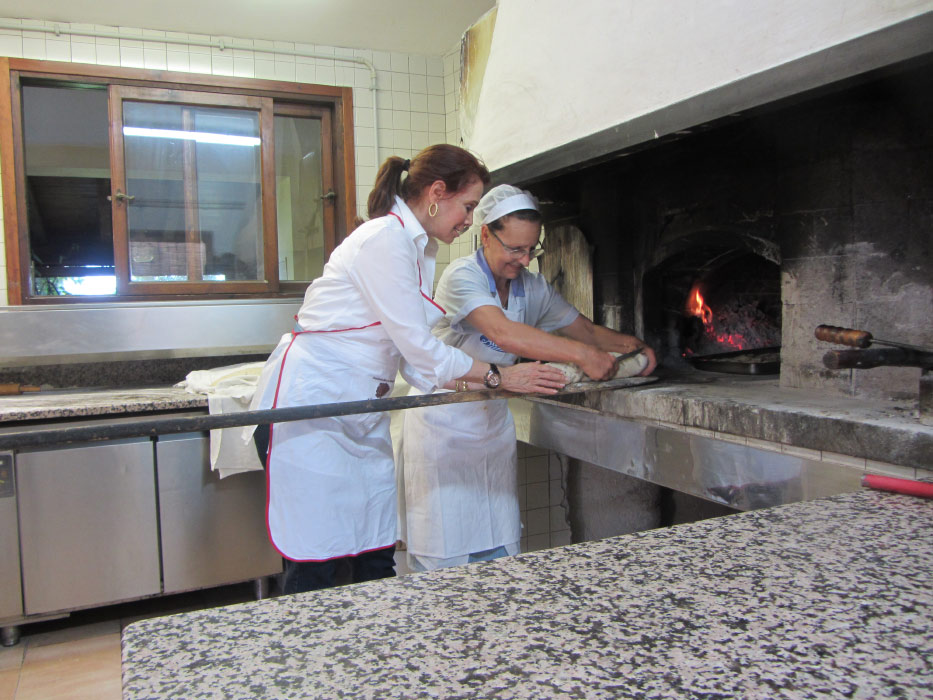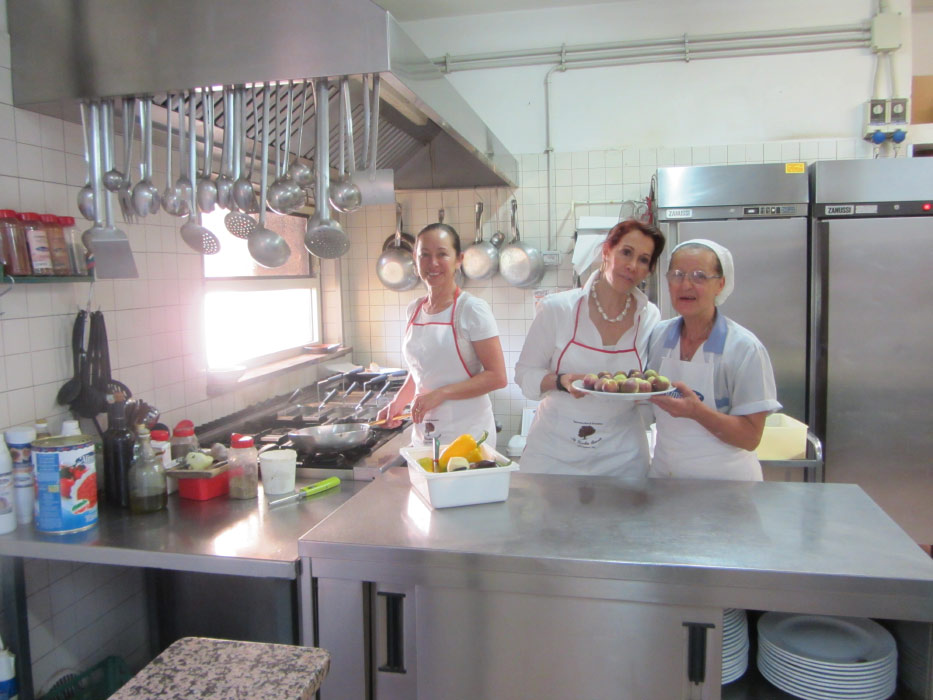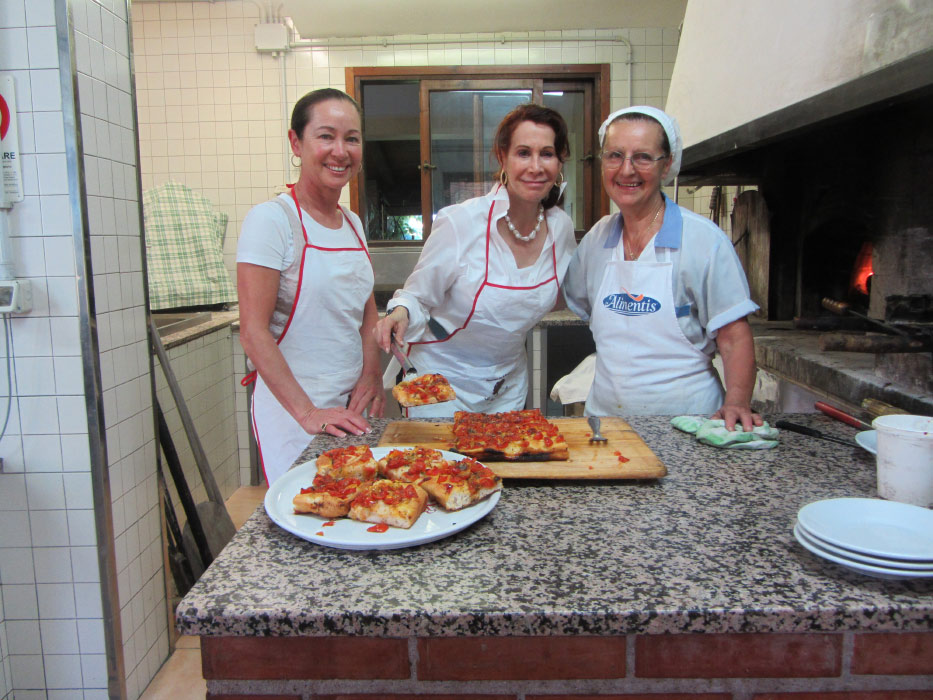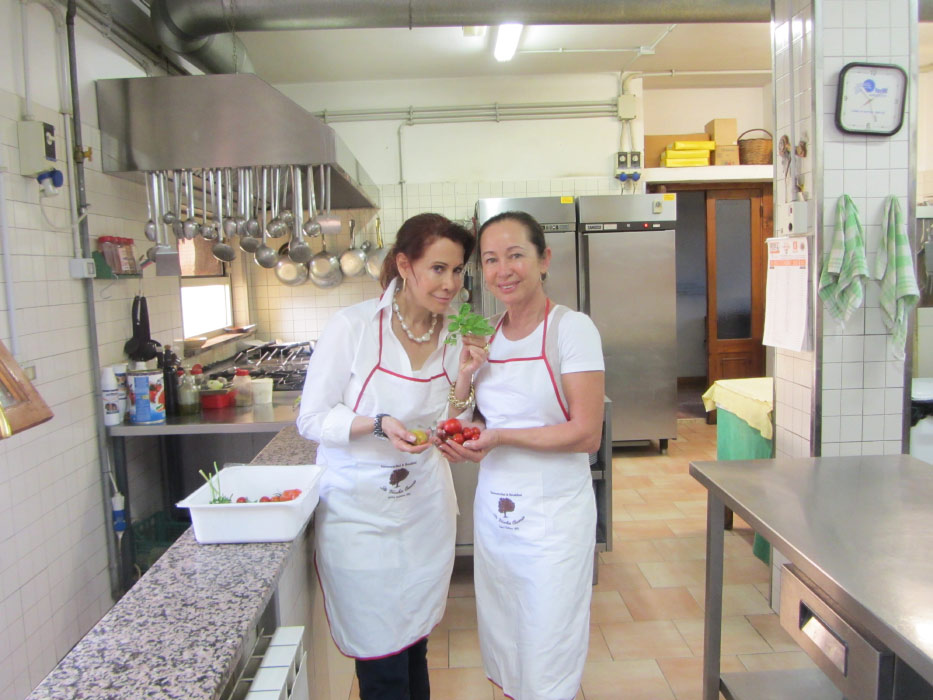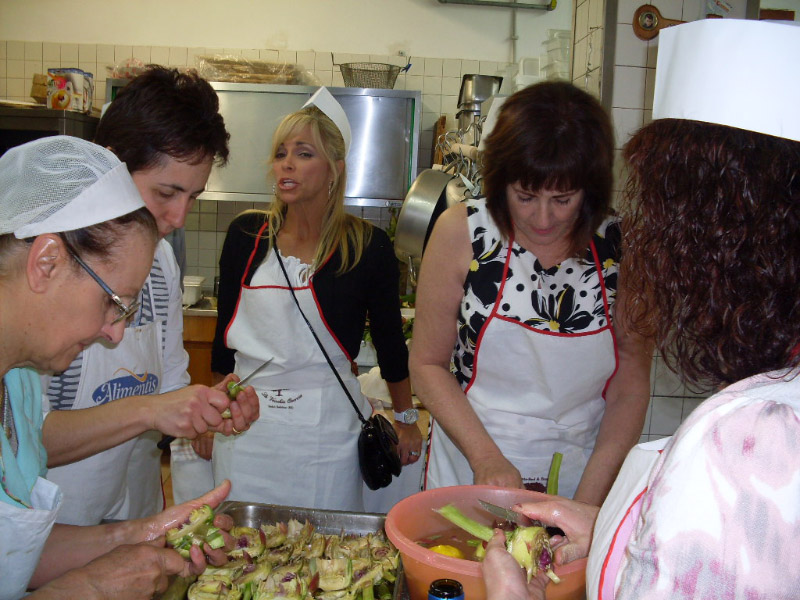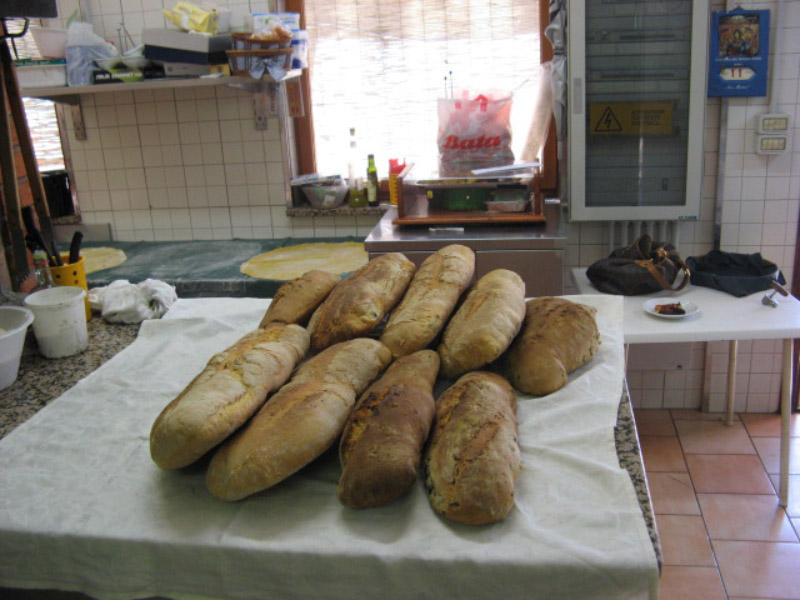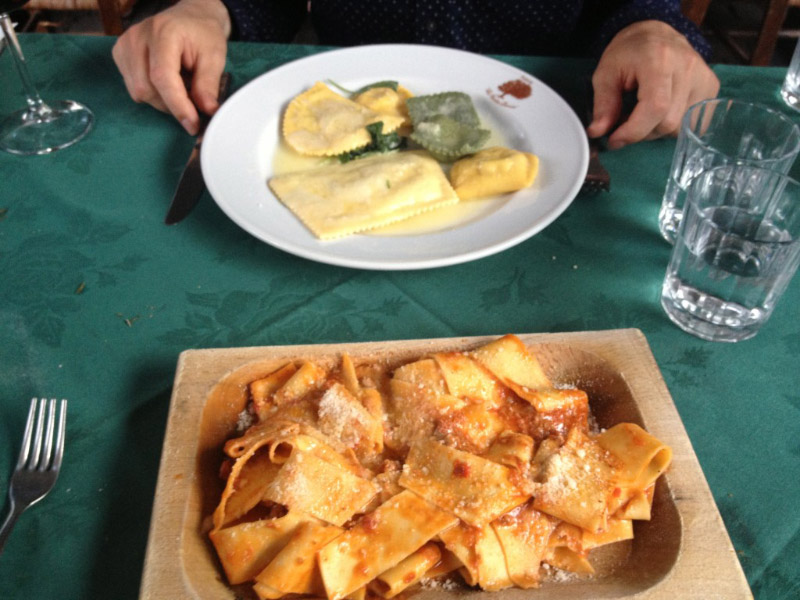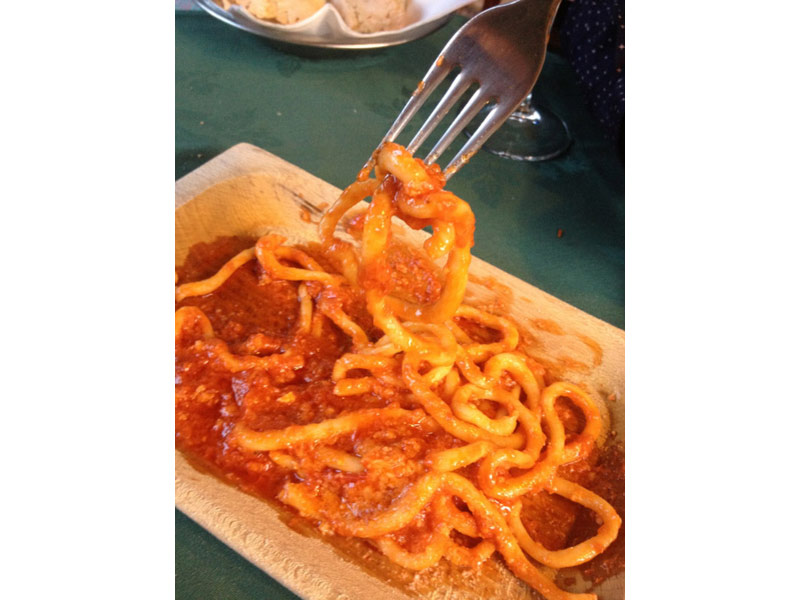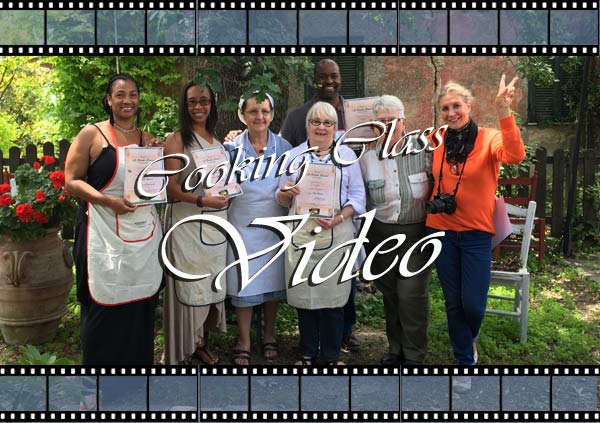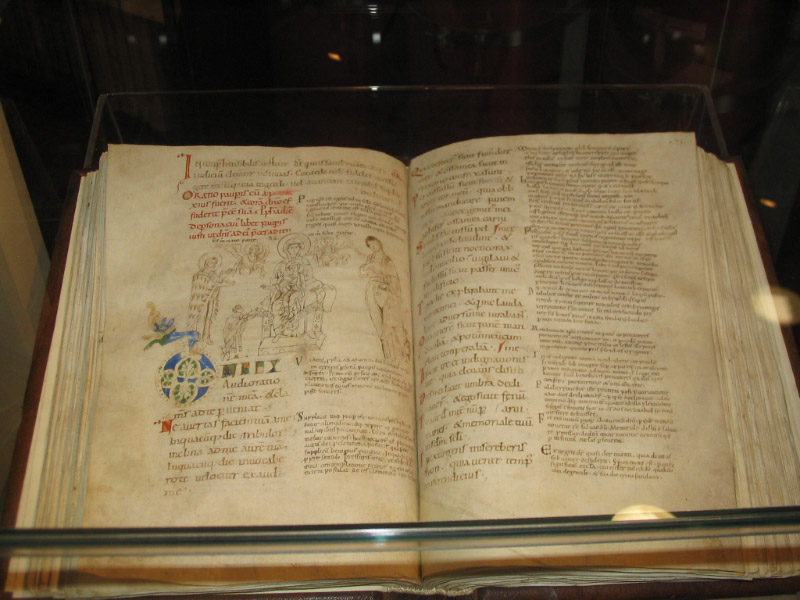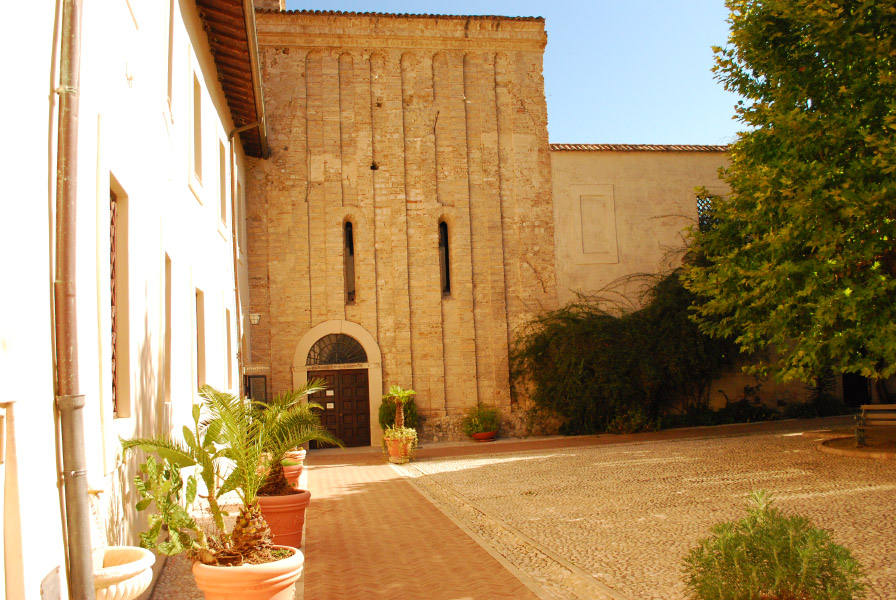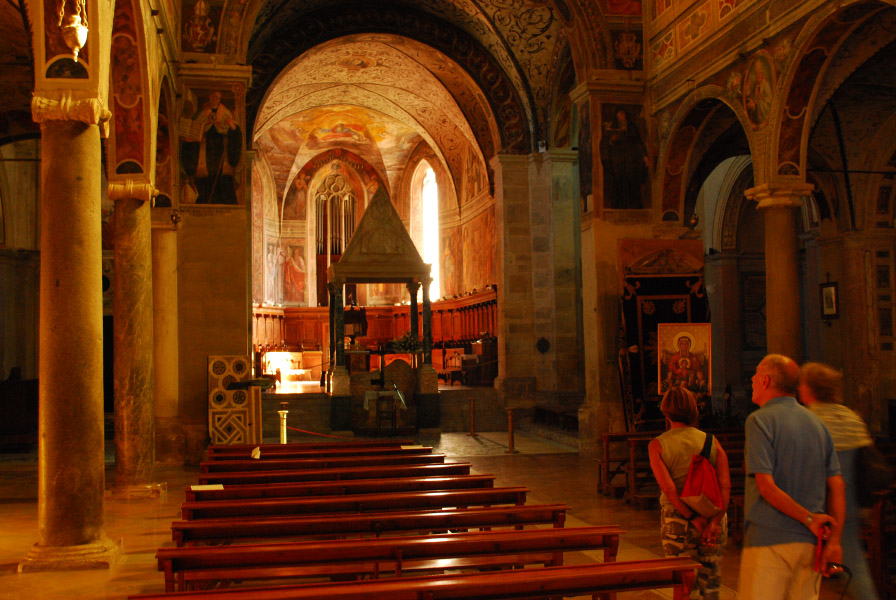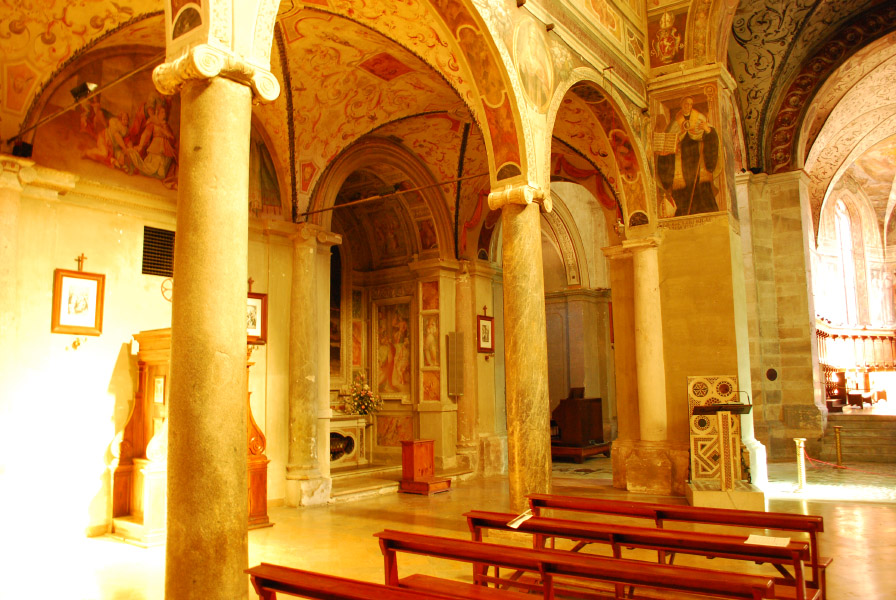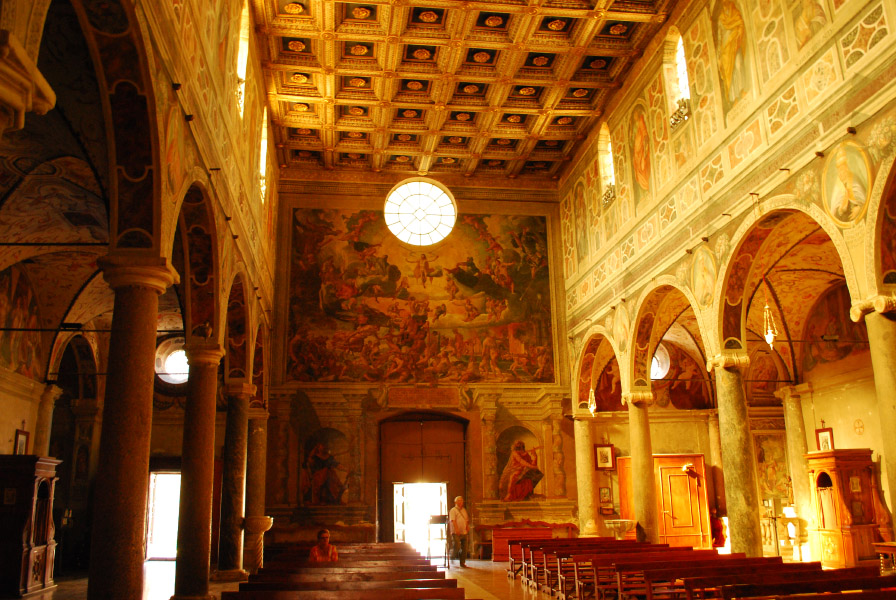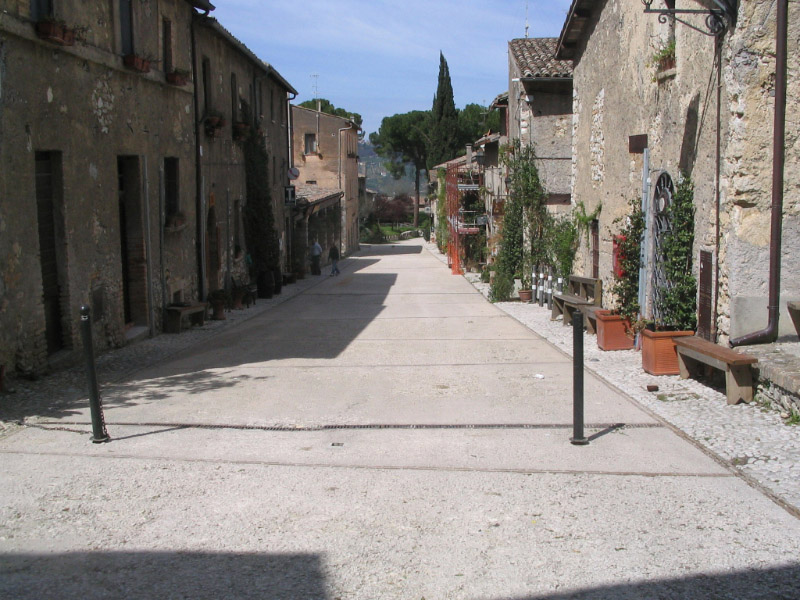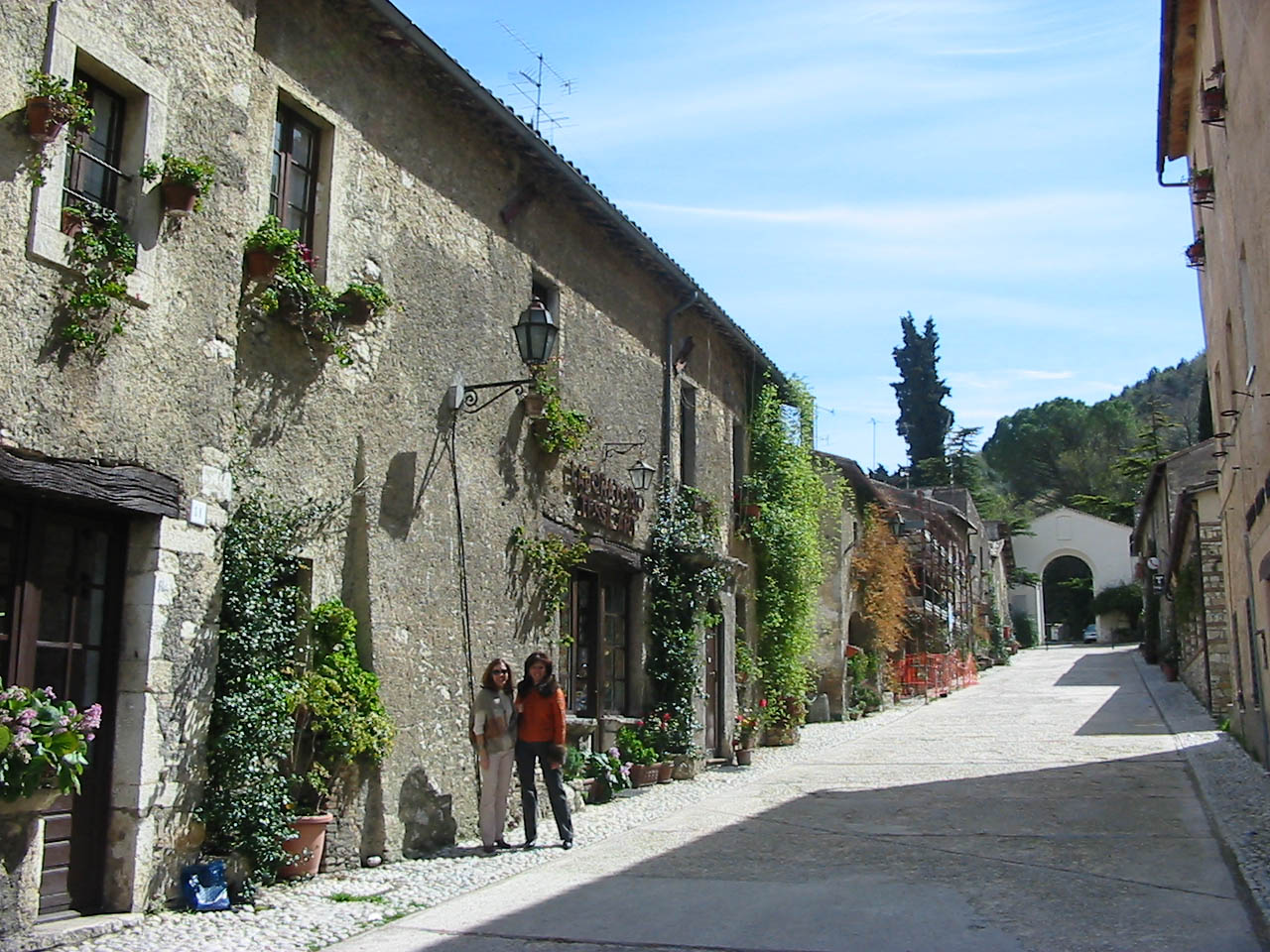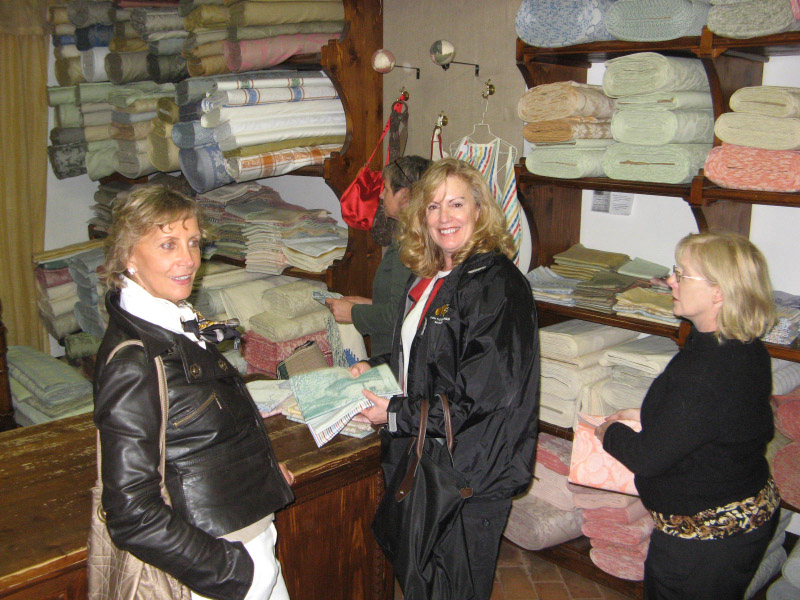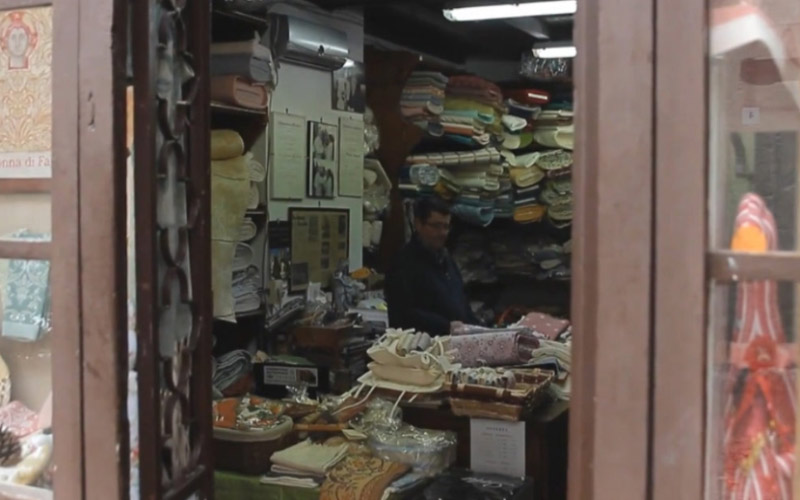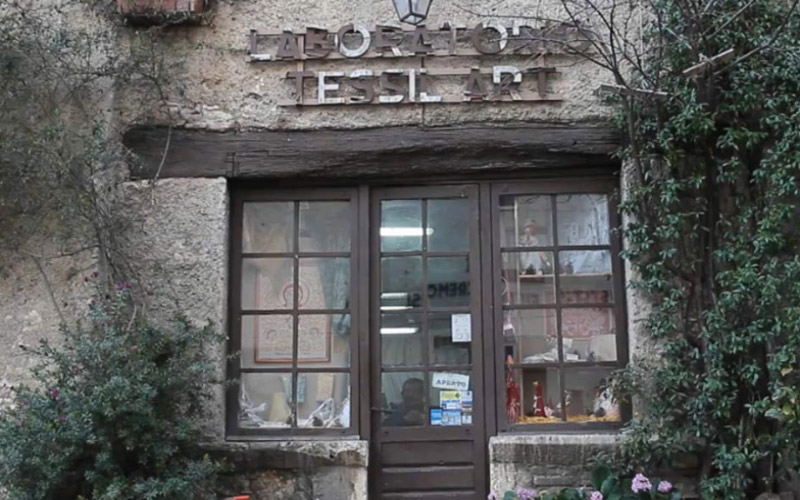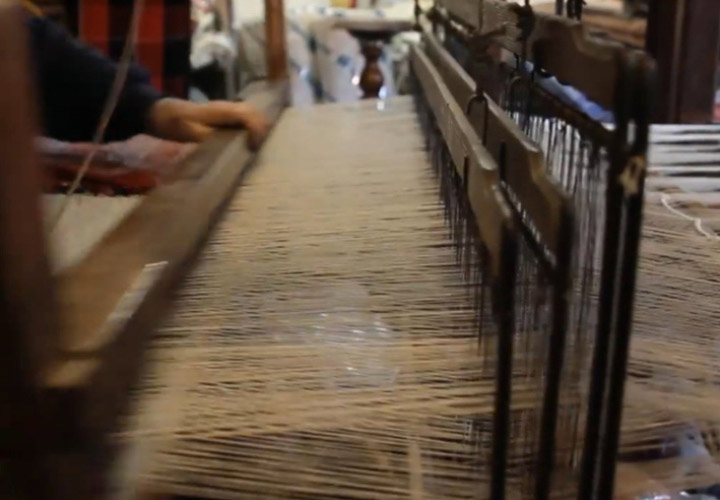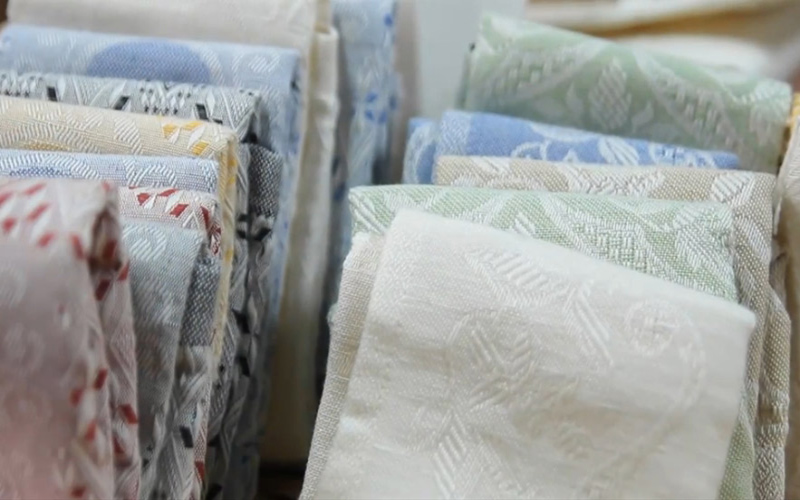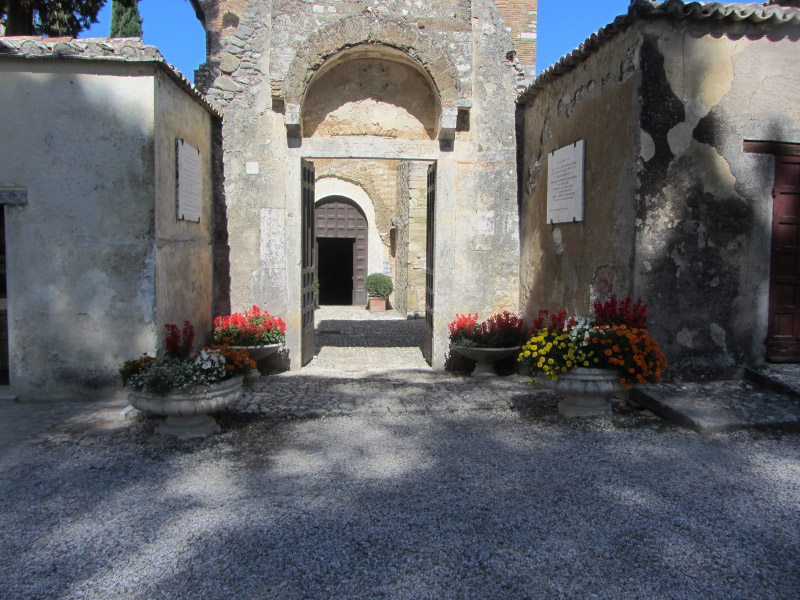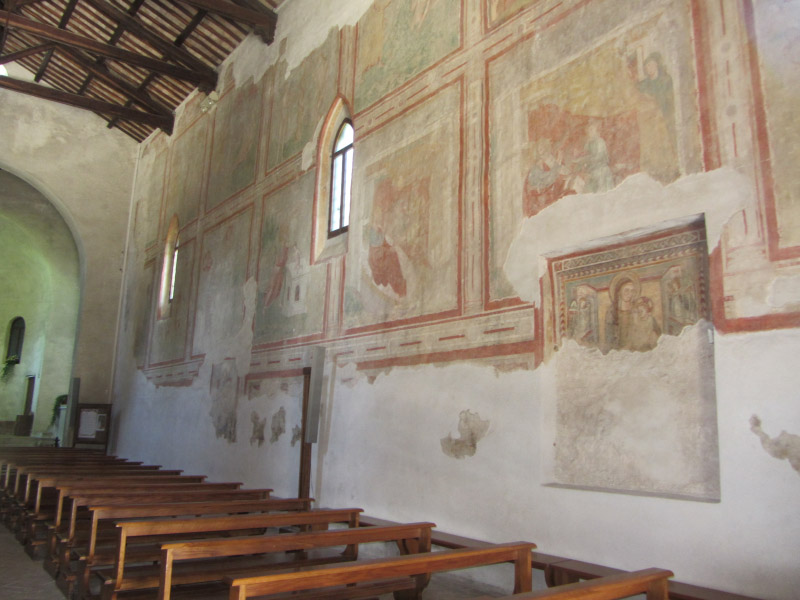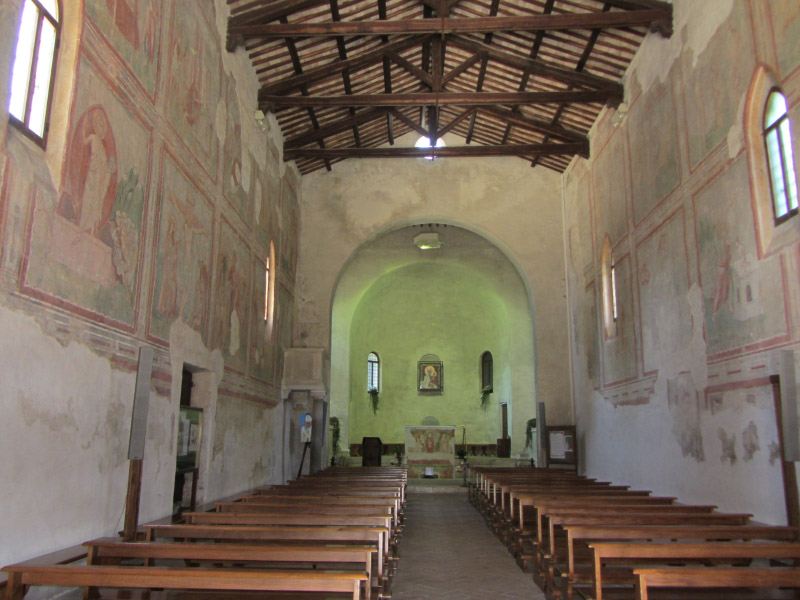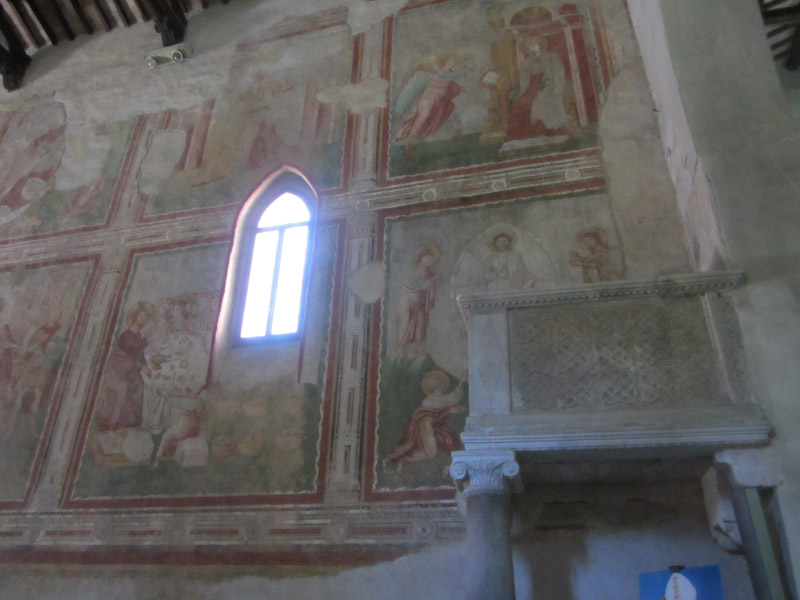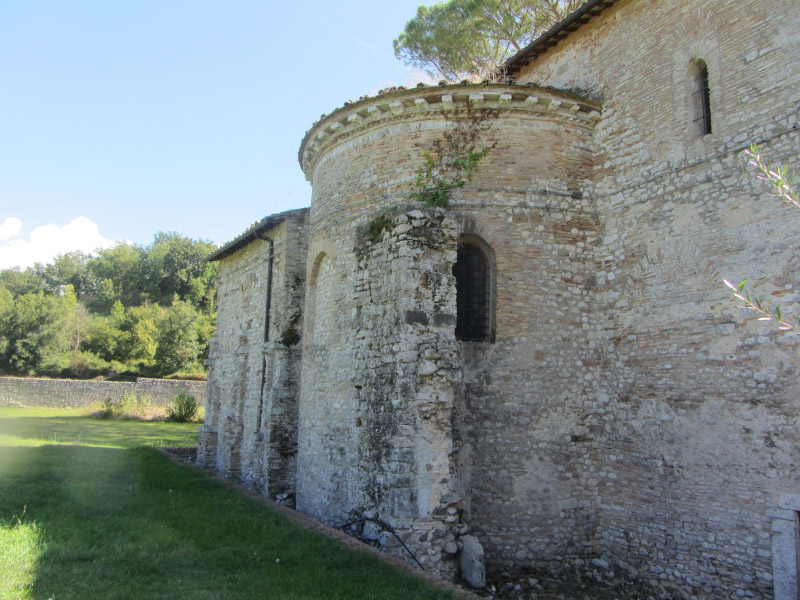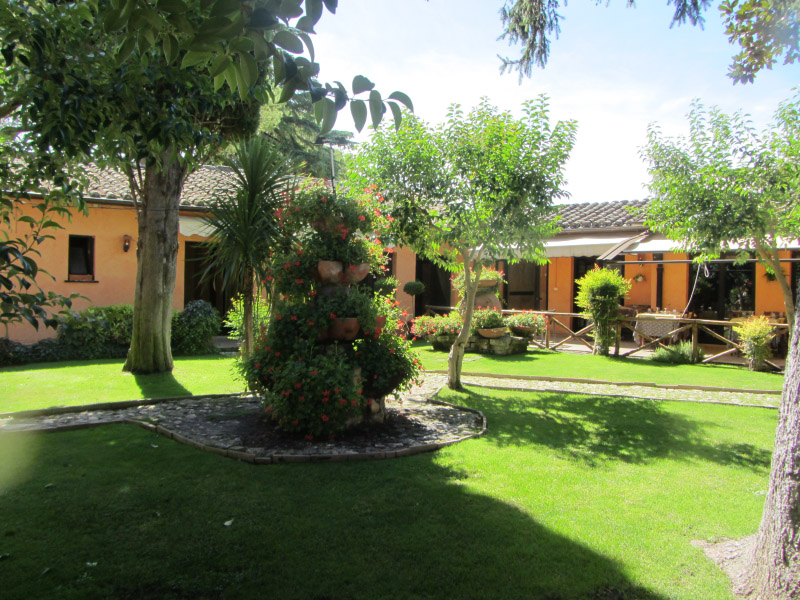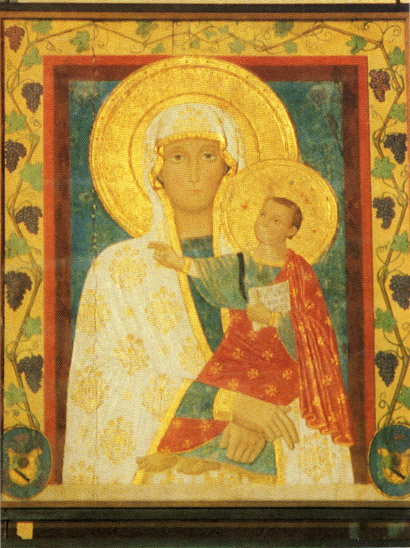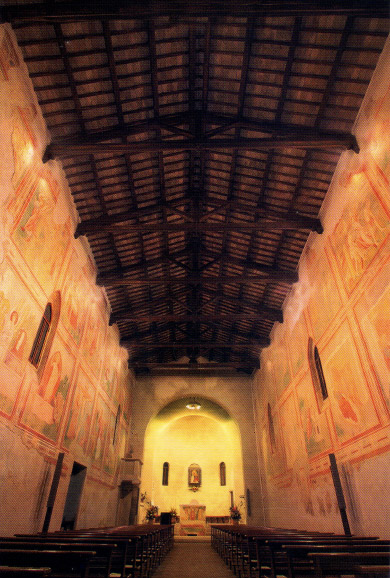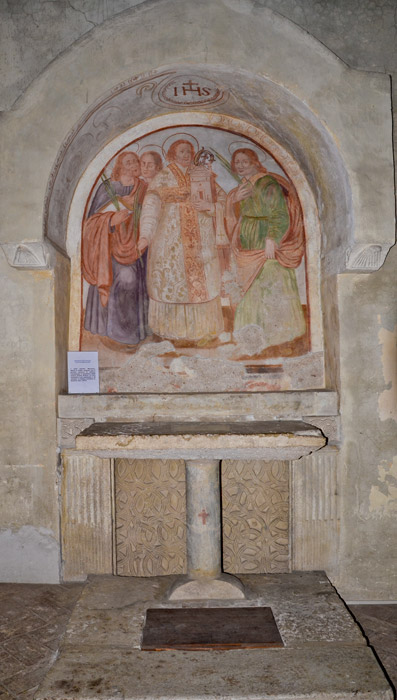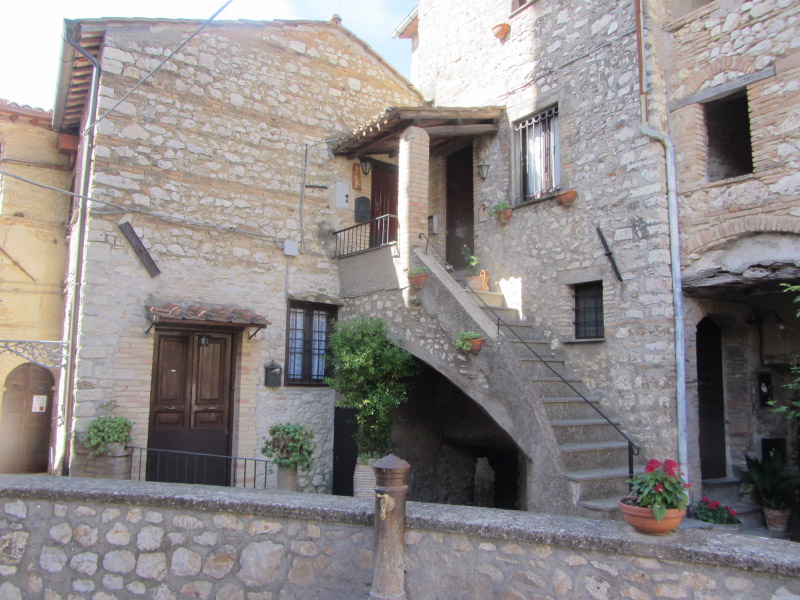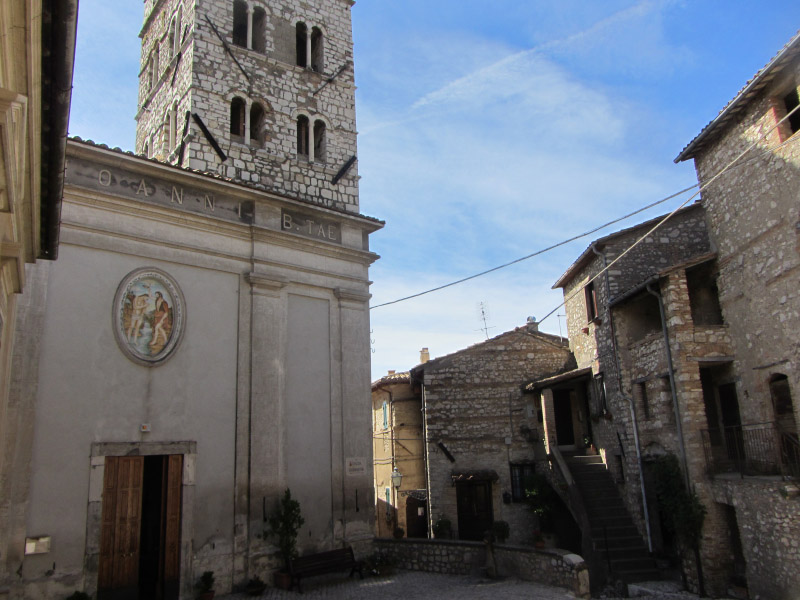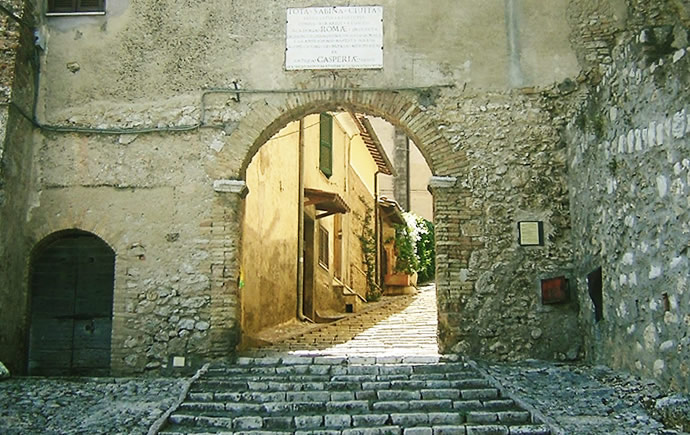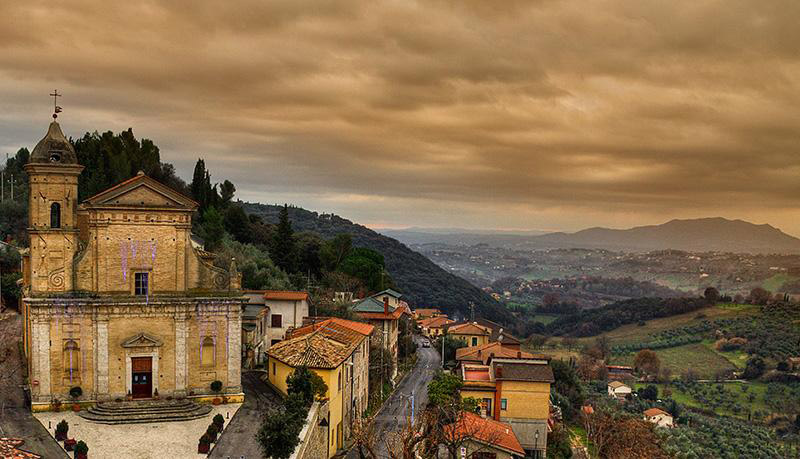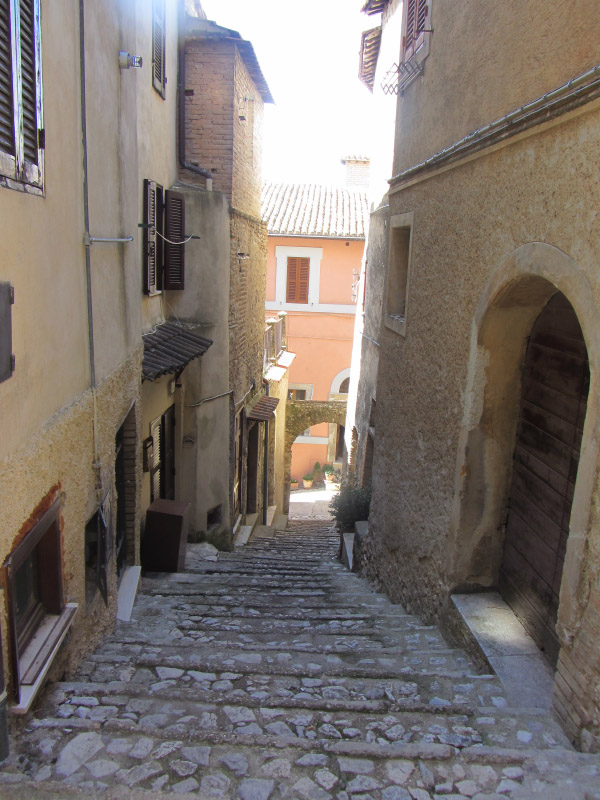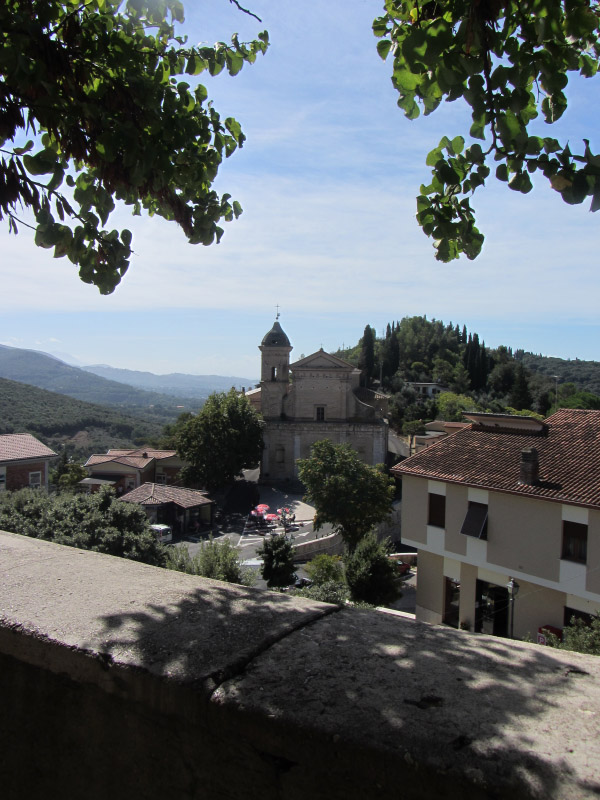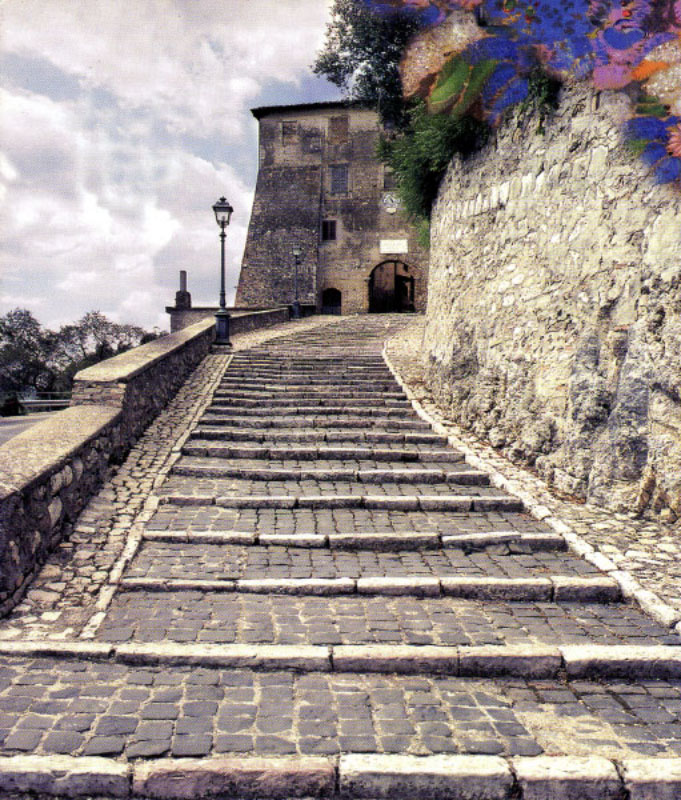
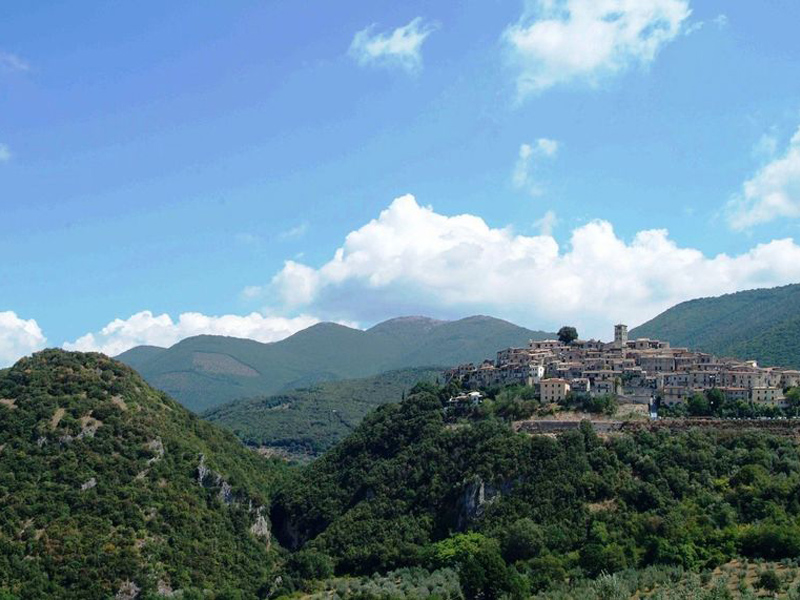
At less than one hour drive from Rome we will be in Sabina, authentic and unspoilt territory, untouched by mass tourism, perfect for a day trip.
The landscape is one of rolling, olive tree covered foothills, rising to steeper, forested mountain sides, scattered with medieval hill towns, castles and monasteries. The Sabina has been inhabited and cultivated for thousands of years, archaeological remains show that the area was used in Roman times to produce food for the capital.
In our tour of Sabina, we can combine CULTURAL aspects and FOOD.
The FOOD experience includes a personal hands on cooking class, but is more than a simply cooking class: is culture, tradition, gourmet experience, no - stop pasta parade, is a COMPLETE ITALIAN FOOD EXPERIENCE.
The CULTURAL experience includes visit to historical very important sites
Our tours are organized on Monday,Tuesday and Thursday if we reach the minimum of 4 participants.
RATES depend of numbers of participants (max 7 people) from 180 to € 230/person
Participants will be picked up at 7.30/8.00 a.m. at their accommodation or near by and will return in Rome around 6/7 p.
MORNING PROGRAMME - COOKING CLASS
Half day of cooking class with chef Anna, famous for her hand made ravioli with pumpkin and amaretti, strozzapreti, omellette with traffles, fettuccini, ravioli with radicchio or any other greens that she find in her garden.
Cooking classes will take place in a carefully restored COUNTRY HOUSE, that looks over the green Sabine hills
Upon arrival enjoy the taste of fresh from the oven pizza bread.. You will find yourself in the delightful company of the ducks, chickens, goats and rabbits which roam freely around the park.
Chef Anna’s warm personality and relaxed family teaching style will make you feel comfortable and fully capable of producing some of the traditional Italian dishes. Even complete novices can learn the skills and techniques required to prepare classic Italian meals. Anna will teach you how to cook a genuine, traditional full course lunch, starting from baking bread cooked in an authentic wood fired oven to the secrets of making superb pasta.
Now you can prepare all kinds of pasta with her and then eat it over a sumptuous lunch in a picturesque setting in the Rome Country Side.
At the end of the classes a certificate will be given to all participants, plus a CD with recipes and photos.
Lunch includes delicious dishes that you helped prepare (includes wine and coffe)
AFTERNOON PROGRAMME - THE TOUR
At complete discretion of the the organization, the afternoon programme will include
ONE of the FOLLOWING TOURS:
1) Visit at Abbey of Farfa.
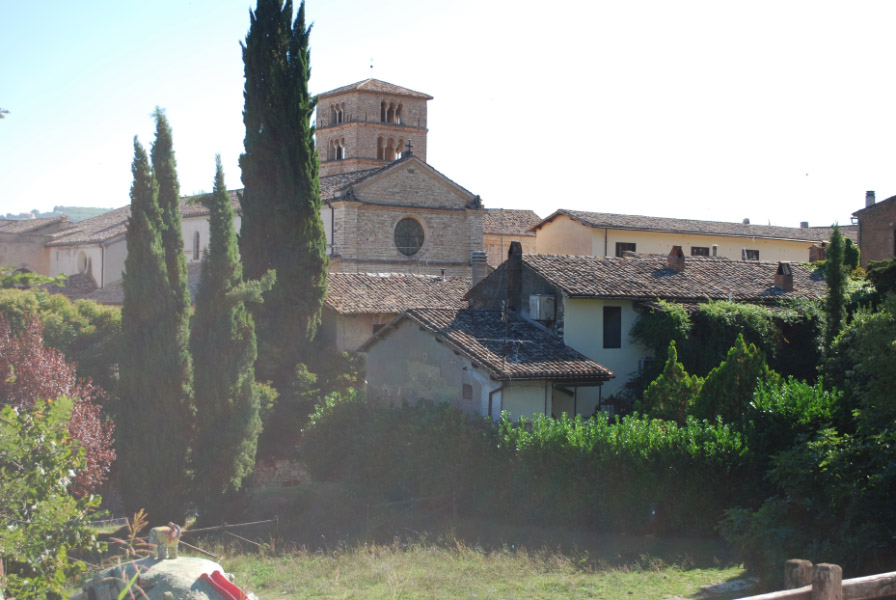 Farfa Abbey played a vital role not only in the religious and political life of the area but also in it’s economic development. This is demonstrated by the importance of the Farfa Fair, which aready existed in 882 AD. Thank to generous concession from the Caroline Empire, Farfa became a focal point for trade with an important weekly market. After the reconstruction of the monastery by the Orsinis during the Renaissance new shops were built around the monastery to accommodate the merchants, giving birth to a twice yearly fair lasting 15 days.
Farfa Abbey played a vital role not only in the religious and political life of the area but also in it’s economic development. This is demonstrated by the importance of the Farfa Fair, which aready existed in 882 AD. Thank to generous concession from the Caroline Empire, Farfa became a focal point for trade with an important weekly market. After the reconstruction of the monastery by the Orsinis during the Renaissance new shops were built around the monastery to accommodate the merchants, giving birth to a twice yearly fair lasting 15 days.
These shops and the urban structure of which they are part can still be seen today. You can still see the characteristic stone slabs at the entrance to each shop which were used as counters by the merchants.
In 1928 the Abbey was declared national monument for its architectural and artistic beauty. With its thousand-year history, through periods of splendour and decadence, destructions and renaissance, the Abbey has remained a cultural and spiritual centre thanks to the founders S. Lorenzo Siro (St.Lawrence Siro) and S. Tommaso da Moriana (St.Thomas from Moriana) and the Blessed Placido Riccardi and Ildefonso Schuster.
Several kings, emperors and Popes (the latest was Pope John Paul II, 19th May 1993) have visited the Abbey throughout the centuries.
Today thousands of visitors admire the cultural and artistic heritage, spending some time or even days in this peaceful place in order to rest their mind and soul.
One of the most culturally important aspects of Farfa, and one of its main attractions, is the Biblioteca Monumentale, or Monumental Library, heir to a tradition of bibliog.
Despite the major changes that have characterized the history of Farfa throughout the centuries, the Library has preserved a part of its original patrimony and has recently enriched its collection through various means with more ancient and modern resources.raphic conservation dating back to Medieval times.
Another important attraction in the Benedictine Abbey of Farfa, is the Family Scipios: for over seventy years they held the peculiar activity of weaving crafts. Processing, carried out on wooden frames, ensures the execution of the product in a workmanlike manner, respecting the most ancient techniques of weaving. Typical of this kind of work are the original wool carpets, curtains made of pure linen, the tablecloths, in linen and cotton finished with lace made by hand or with hem, as well as linen and cotton towels with or without fringes and much more to discover
2 Visit to Vescovio
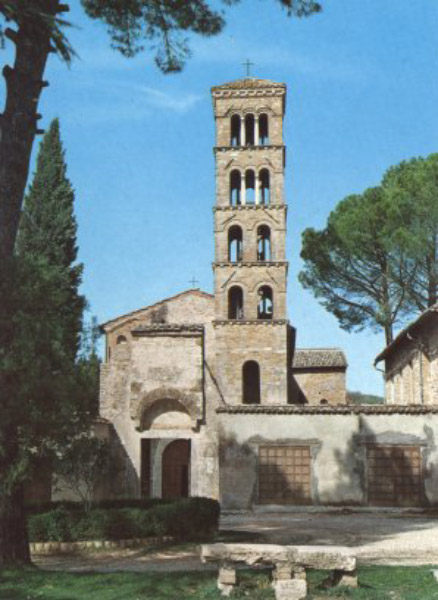 The ancient “Forum Novum” which was an important historical market in the VI Century and where the Church of Santa Maria was built. New documents prove that Saint Peter stopped and shared bread in the crypt. We offer a unique opportunity to visit the Crypt, which is not normally open to the public, a private guided visit with Padre Geraudo who will share his historical knowledge.
The ancient “Forum Novum” which was an important historical market in the VI Century and where the Church of Santa Maria was built. New documents prove that Saint Peter stopped and shared bread in the crypt. We offer a unique opportunity to visit the Crypt, which is not normally open to the public, a private guided visit with Padre Geraudo who will share his historical knowledge.
The Church of S. Maria, is one of the most celebrated monuments of the Sabina. It was built using materials taken from the ancient Roman Town of Forum Novum. Visit the courtyard filled with remains of Roman sculpture and a beautifully decorated sarcophagus. Inside the Church are 11th century frescos by Roman artist Pietro Cavallini (the same artist that has decorated the Basilica of Santa Maria in Trastevere- Rome), who took themes from both Byzantine traditions and Tuscan painting. Also of note are a 9th century pulpit, frescos and a 14th century wood crucifix. Across the road are the ruins of an ancient Roman market.
3) Visit and walk at Casperia Medievel Village
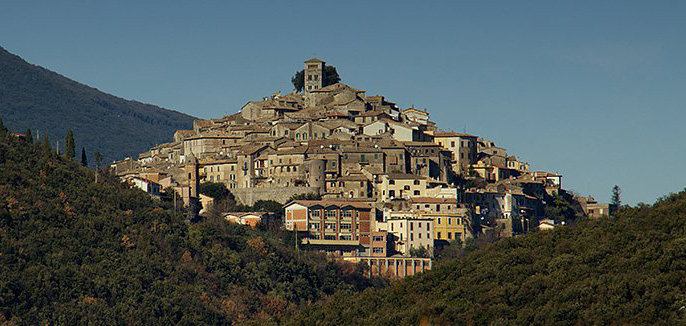 which is a fortified medieval hilltop village, built on top of a rocky hill and surrounded by mountains and deep valleys with a wonderful view of the Umbria/Latium Appenines, and from where you can watch the changing scenary from every angle.It is totally pedestrianised and free from car fumes and pollution and his medieval structure and atmosphere will give you a unique feeling of being in a historic place in time-gone-by. -. The village was founded between the X and the XI centuries with the name Aspra. The medieval period has left us with a very interesting urban structure which is still intact inside the wall. These were built for the original castrum in the year 1000 to which were added in 1282, the outer walls at the south of the village.
which is a fortified medieval hilltop village, built on top of a rocky hill and surrounded by mountains and deep valleys with a wonderful view of the Umbria/Latium Appenines, and from where you can watch the changing scenary from every angle.It is totally pedestrianised and free from car fumes and pollution and his medieval structure and atmosphere will give you a unique feeling of being in a historic place in time-gone-by. -. The village was founded between the X and the XI centuries with the name Aspra. The medieval period has left us with a very interesting urban structure which is still intact inside the wall. These were built for the original castrum in the year 1000 to which were added in 1282, the outer walls at the south of the village.
The village still preserves the original walkways.











